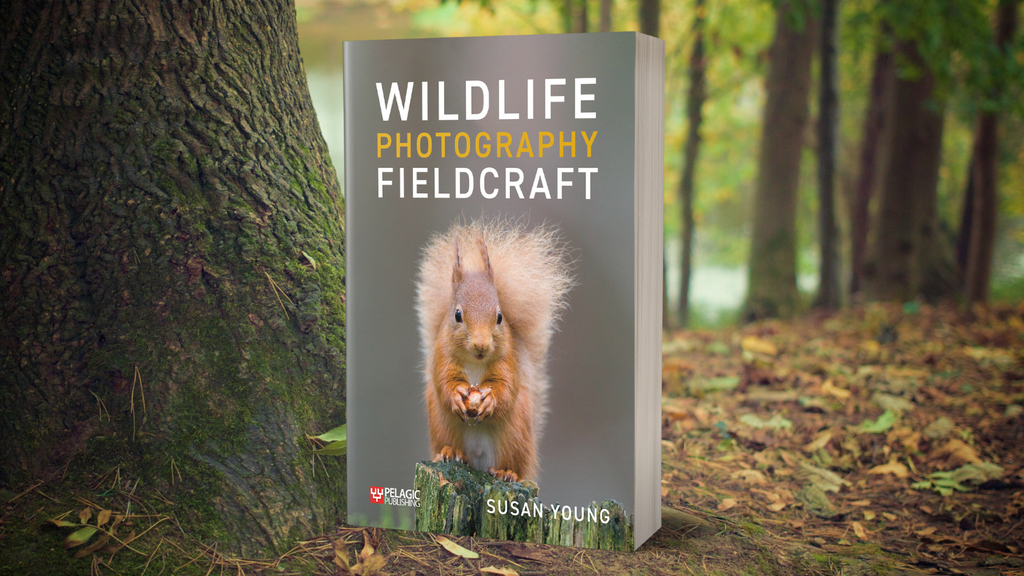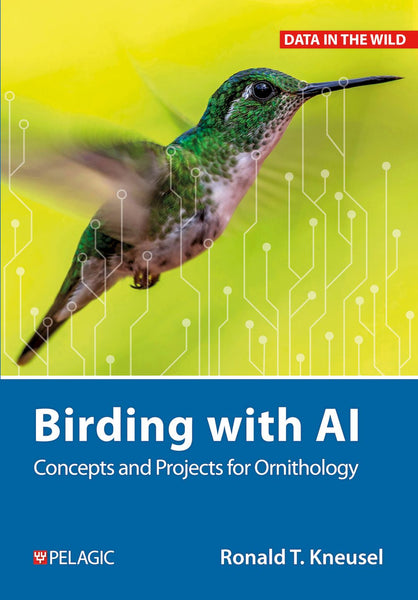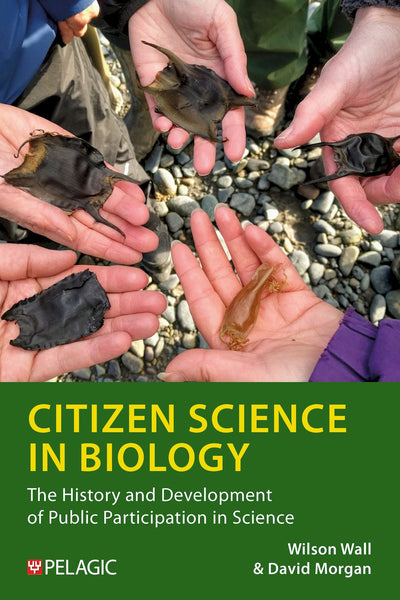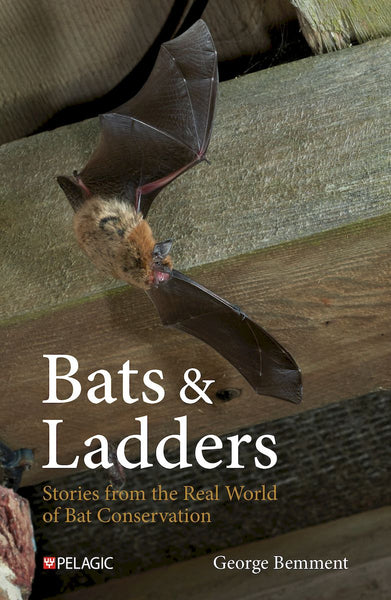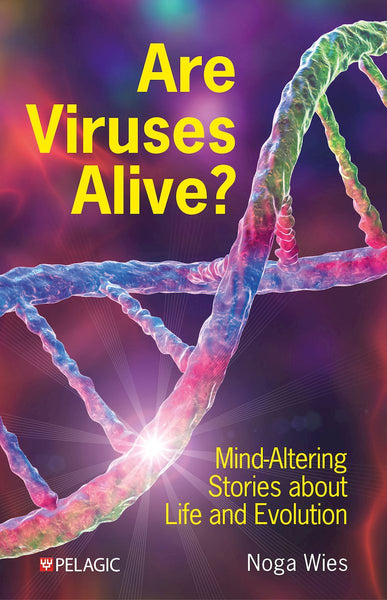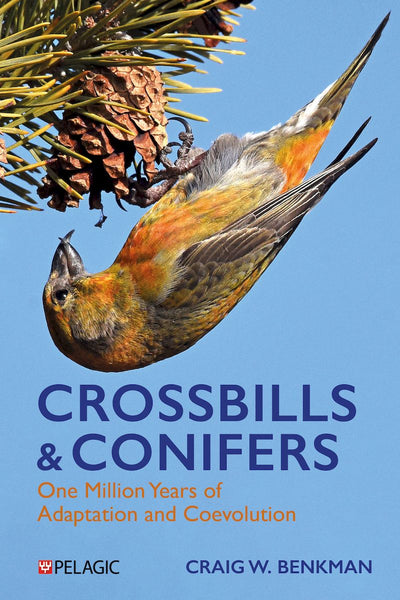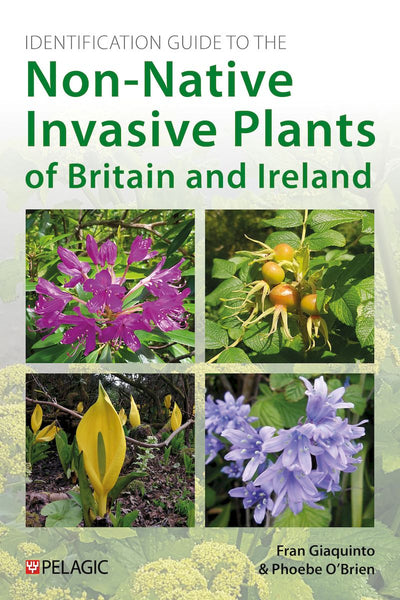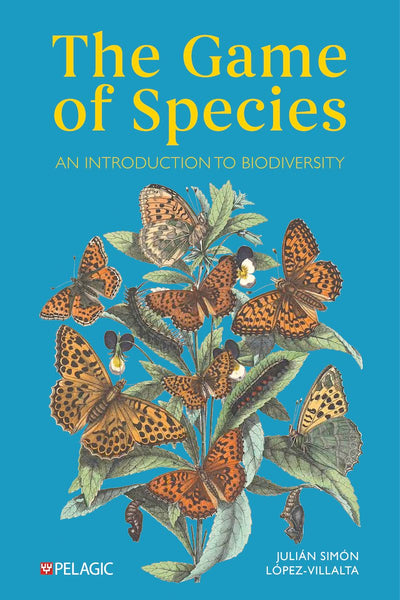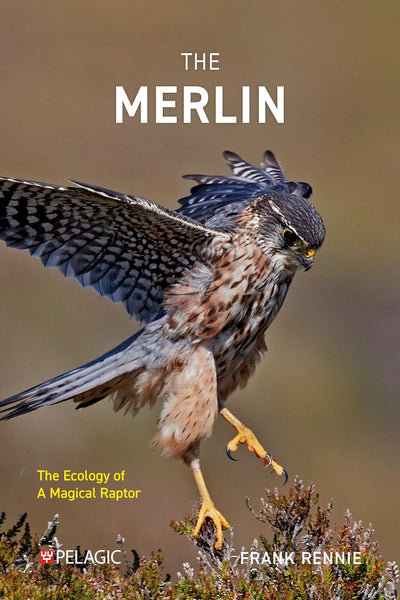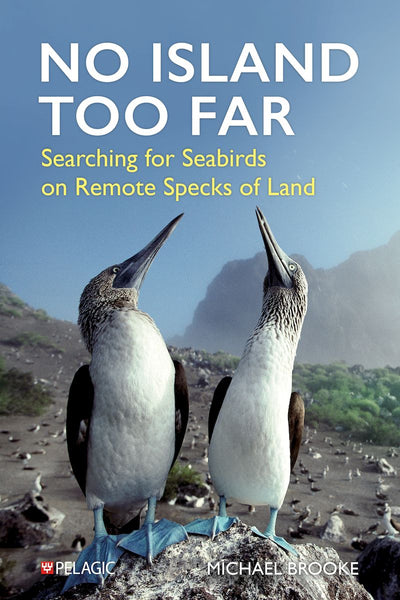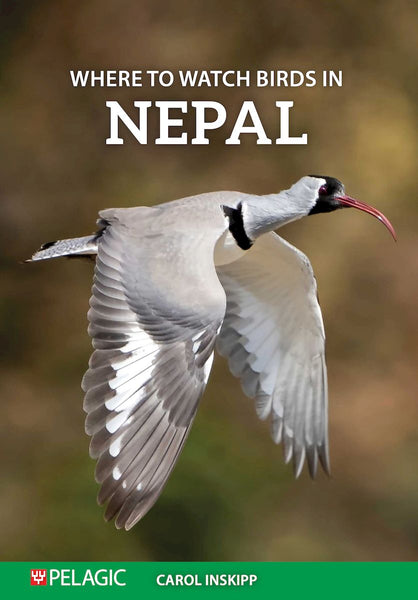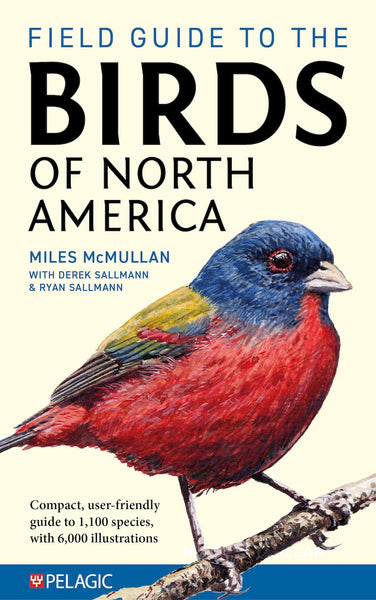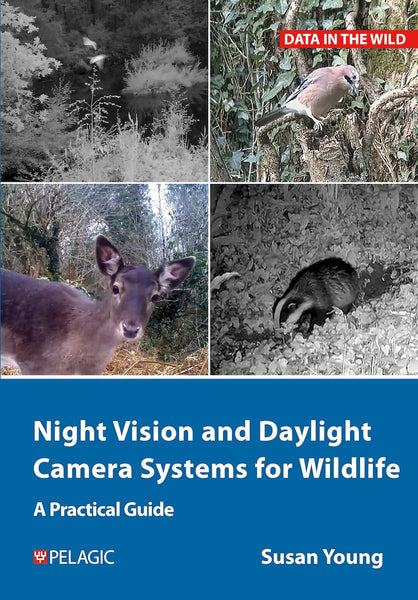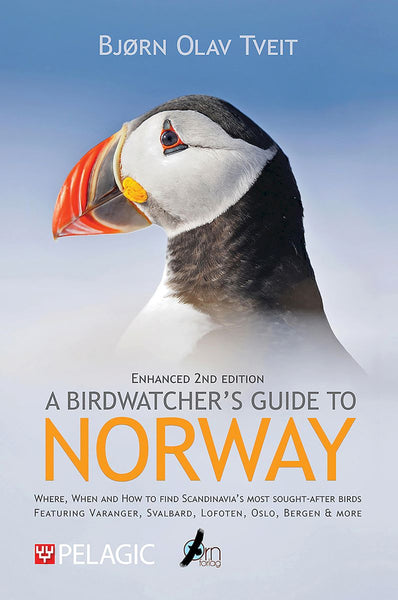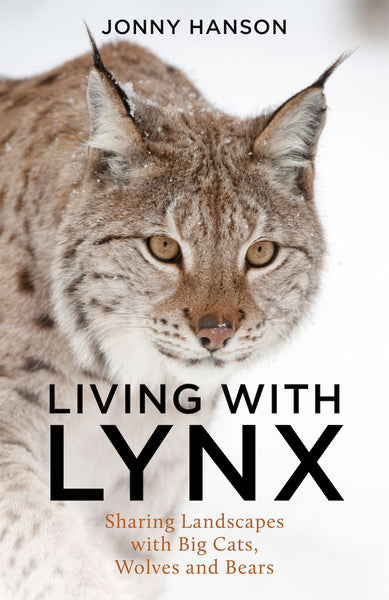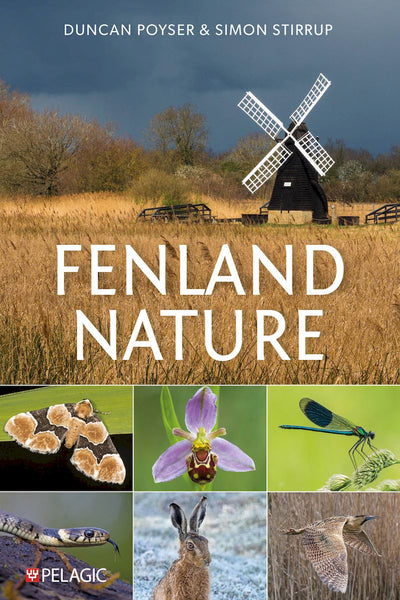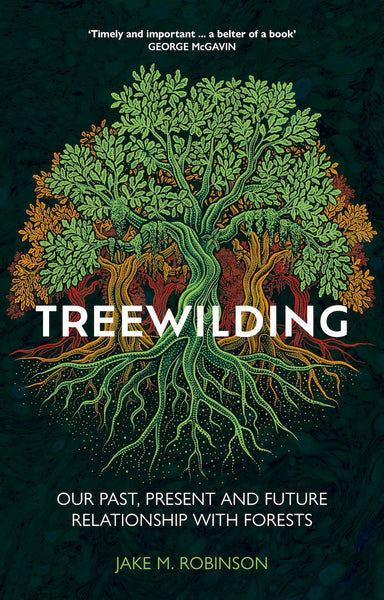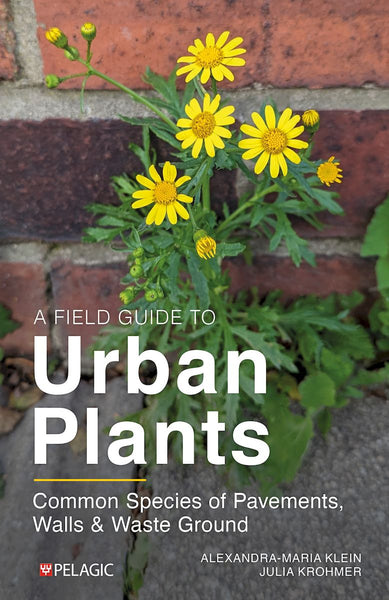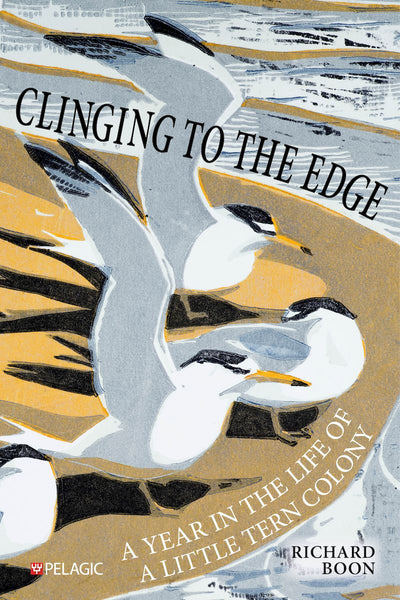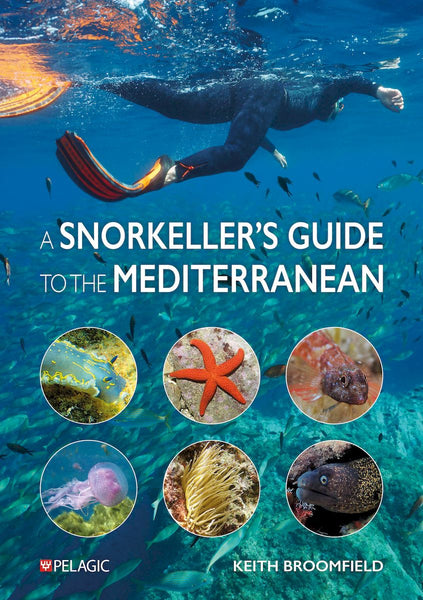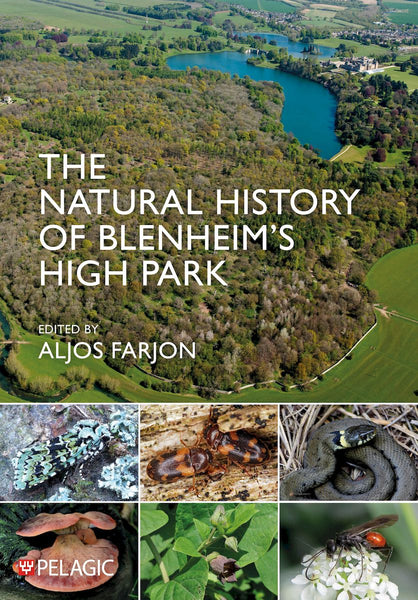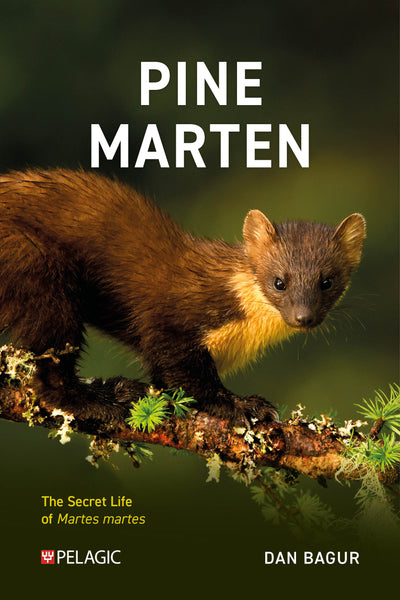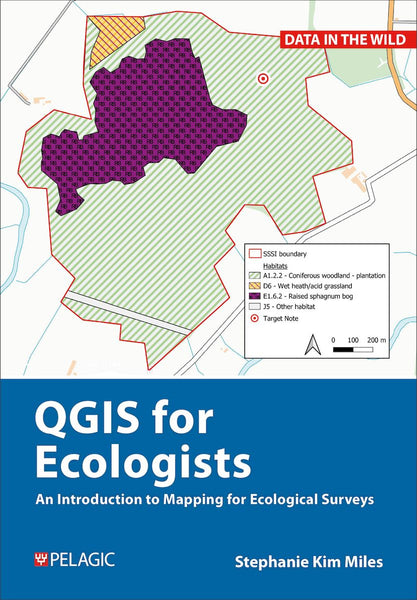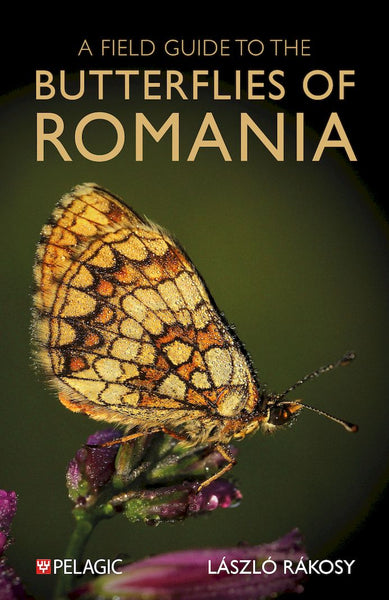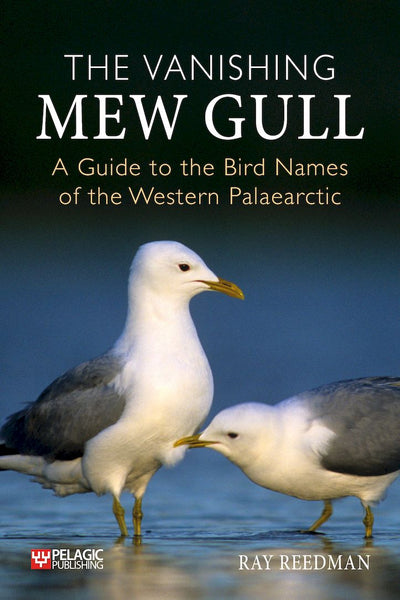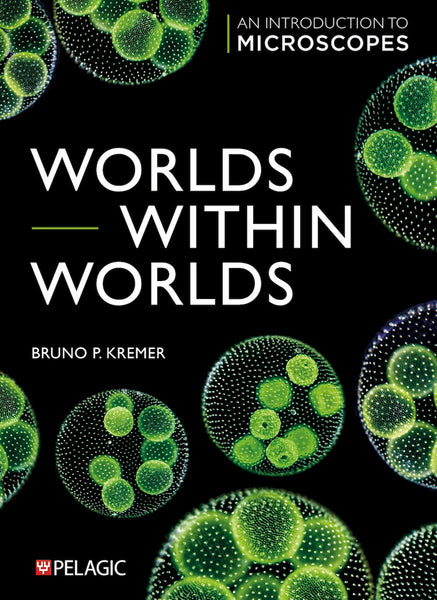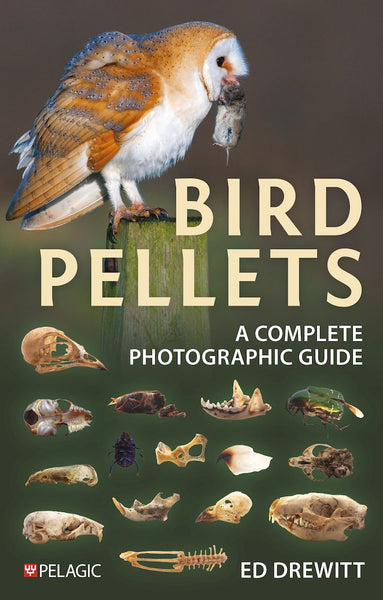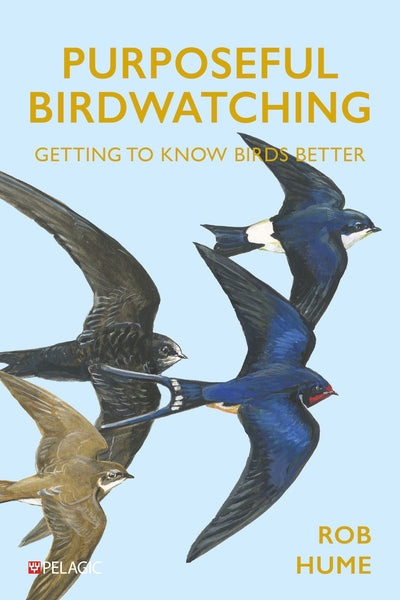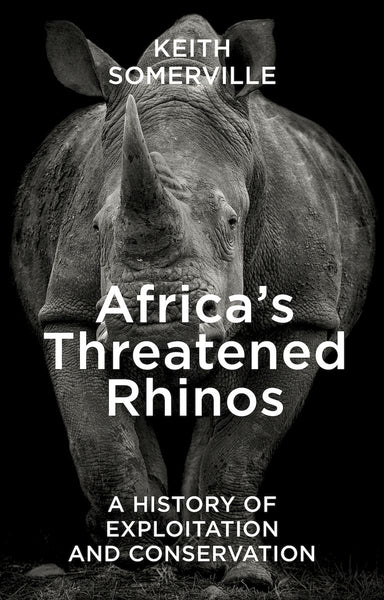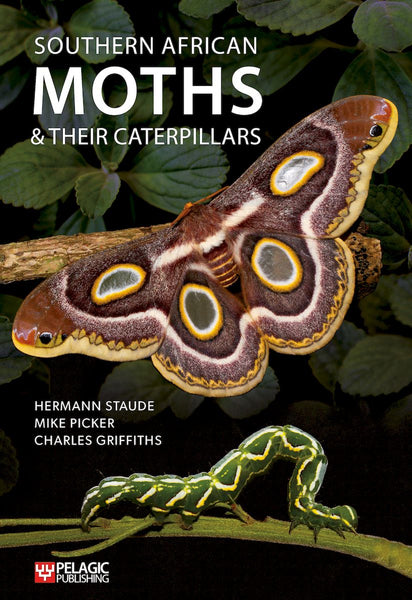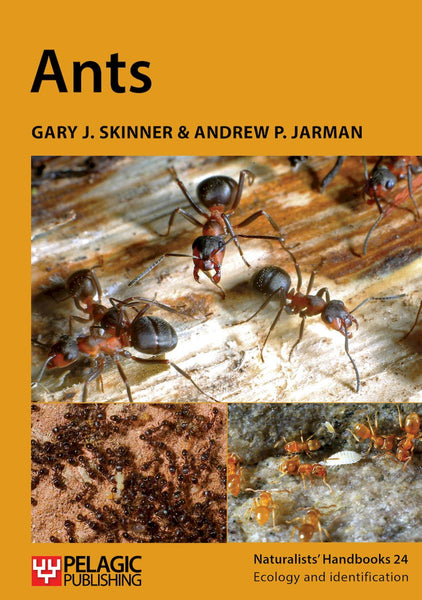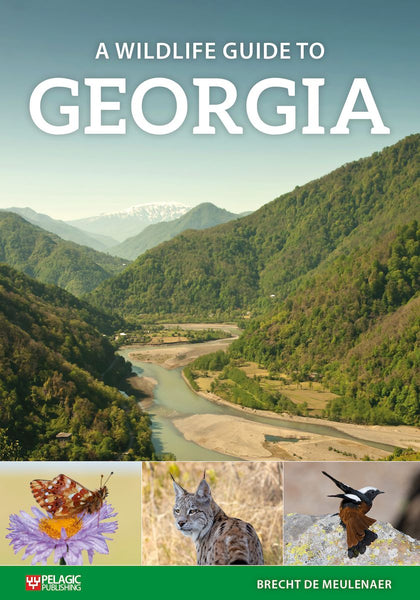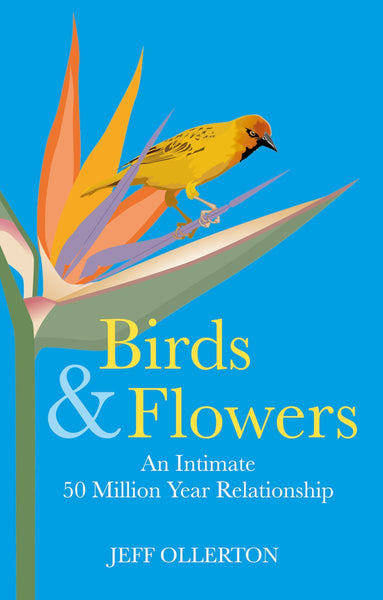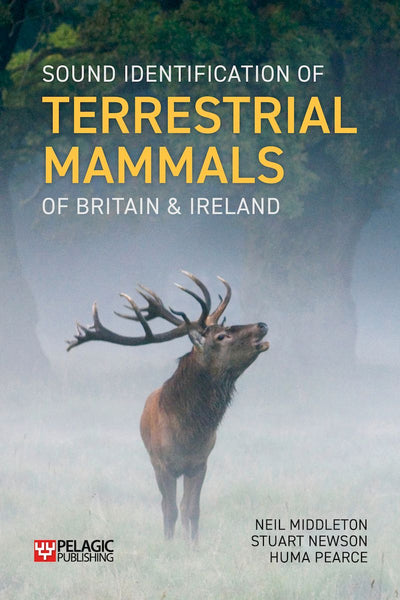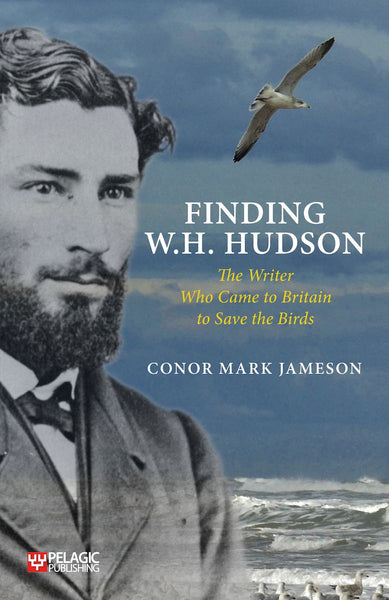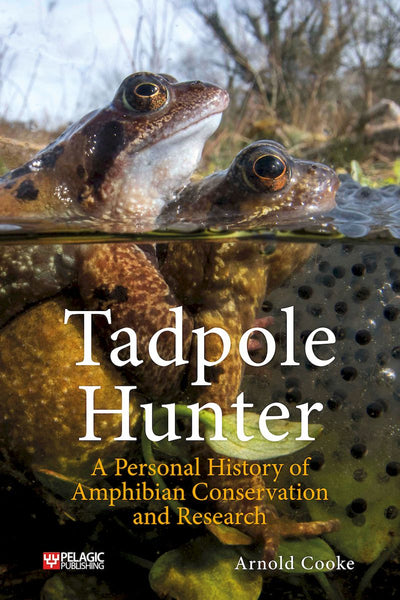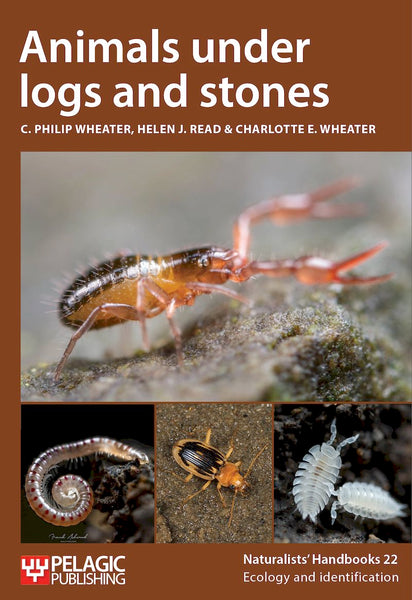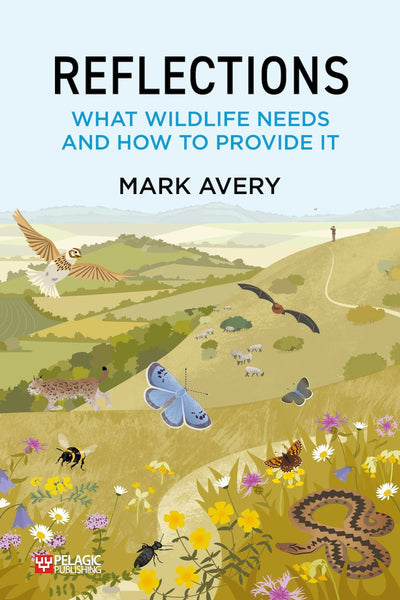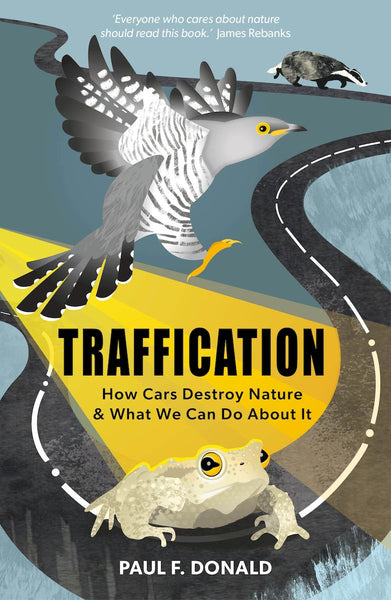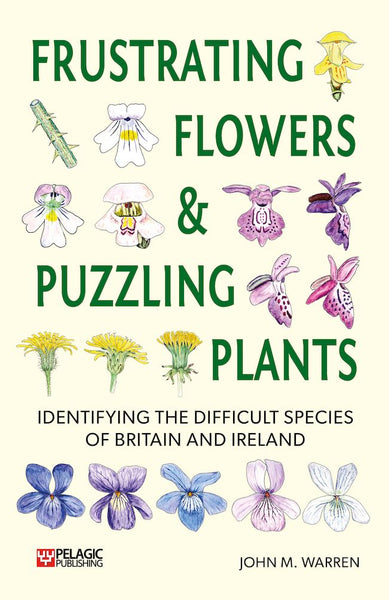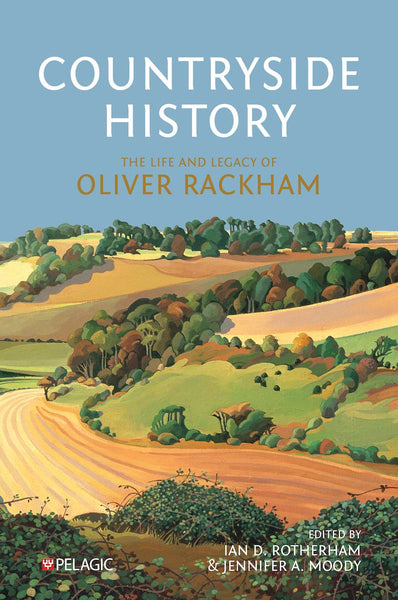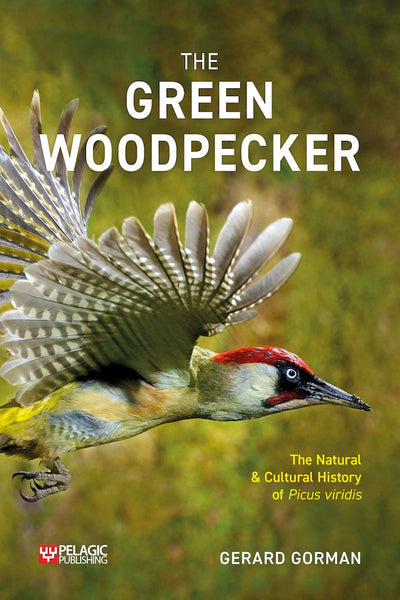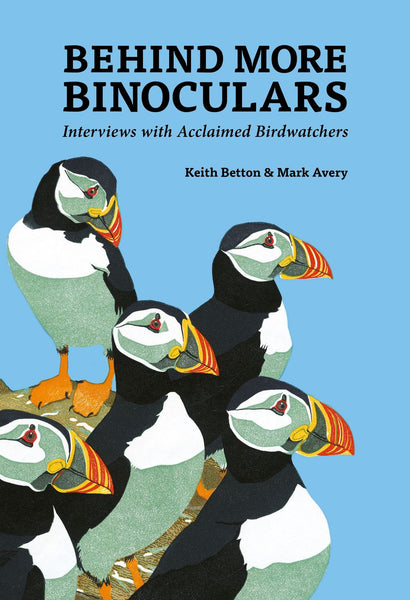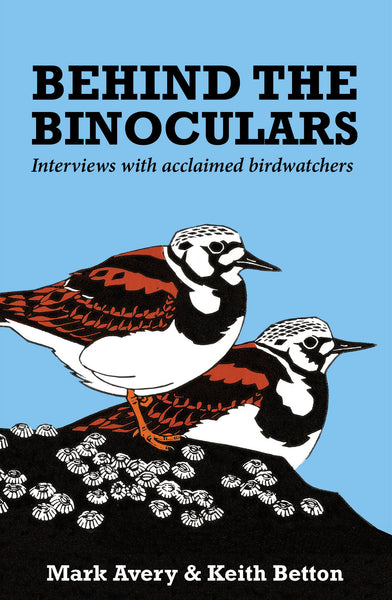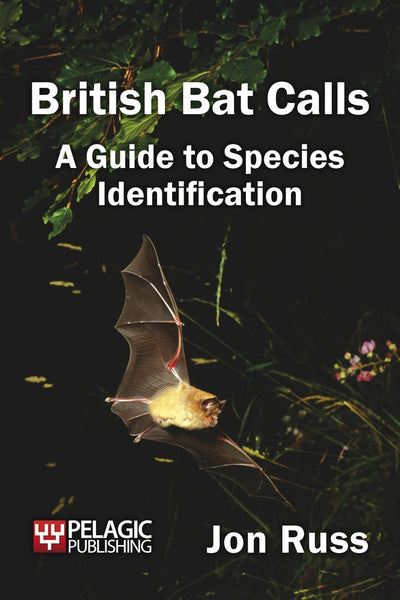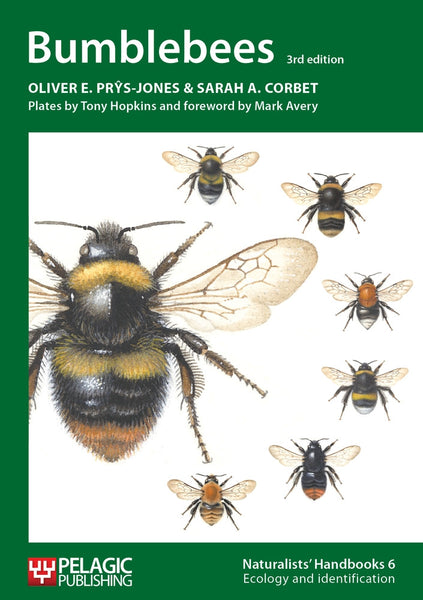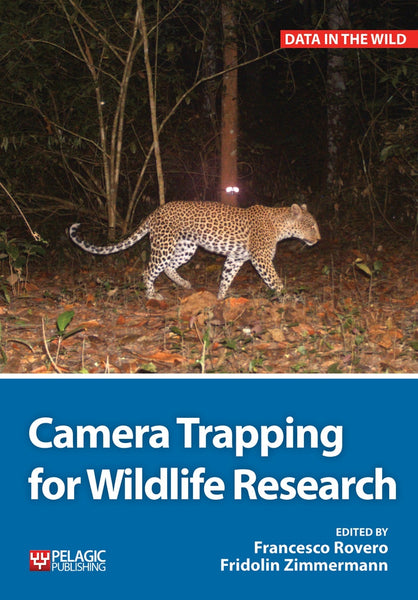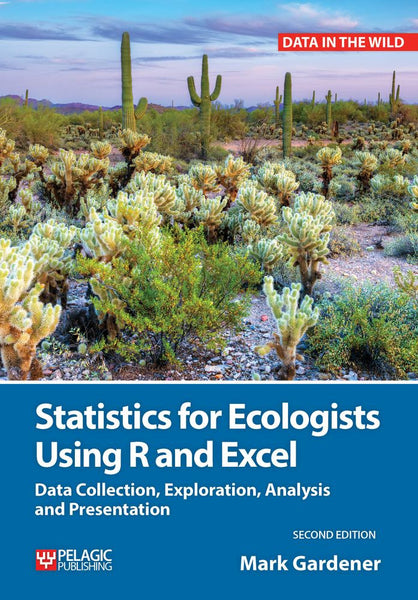Susan Young discusses her newly published book, Wildlife Photography Fieldcraft, and shares some of her favourite images from the title.
Could you tell us a little about your background and how your interest in wildlife photography began?
My background is in physics and engineering, but I have been a keen naturalist from a very early age, and remember buying nature books when at primary school. When we moved to Devon some years ago, I took up photography and saw this as a way to develop my interests and learn more about wildlife. I liked the challenge of finding the elusive and taking photographs.

What prompted you to write Wildlife Photography Fieldcraft?
I was very frustrated when I first started wildlife photography, as although there were many books on wildlife photography, none provided advice on finding wildlife which was, and is, the most challenging part of wildlife photography. I am attracted to doing things that have not been done before, and as I already had a couple of books published, I decided to take the plunge and write the book I wish I had at the beginning. This was initially as an ebook, which was another challenge, but I was pleased to be able to extend the book and add more photographs for this printed edition. I am also quite passionate about ethical photography, so was keen to highlight this.
Is the book just for photographers?
Although the book was written with photographers in mind, much of the content is about finding and getting to understand wildlife, so cameras are not essential. Many people enjoy seeing wildlife, and I hope that the book will also help them to develop their wildlife watching skills.

What would you like readers of Wildlife Photography Fieldcraft to get out of it?
I hope that the book helps others to be able to take wildlife photographs and experience the enjoyment that a successful photograph can give.
What was the biggest challenge you faced writing Wildlife Photography Fieldcraft?
The biggest challenge was ensuring that the facts were accurate as different sources often disagree, but I wanted to be sure that the knowledge gained from my experiences was backed up by reliable information.

Which photo in the book is your favourite?
I have several favourites, for different reasons. The otter photographs were taken mainly in the Shetlands, with a guide and it was a real thrill seeing otters, especially cubs, in the wild and being able to take back memories in a photographic form. The young roe buck was photographed in my rural garden in Devon and was a lucky shot, as it was very close by and just bending down to sample a flower. The osprey photographs were challenging to take as I had to be sure not to disturb the birds, It was great to get clear images despite them being taken from some distance. But perhaps the one I find most enjoyable is of the two blue tits on a branch. I watched them for some time as the bird on the left really seemed to be trying to impress the other bird. When it fell off, it was very amusing, especially as it (he?) got back up and carried on hanging literally by the fingernails.

Are there any creatures that you are yet to photograph but would like to?
I would love to photograph pine martens and beavers in the wild.
What would your message to a beginner photographer be?
Spend your time getting to know the subject you want to photograph and be patient. Be aware that the photographer next to you with the expensive equipment is not necessarily better at photography than you are.
- Discover more about Wildlife Photography Fieldcraft.
- Browse all of Susan Young's Pelagic Publishing books.






